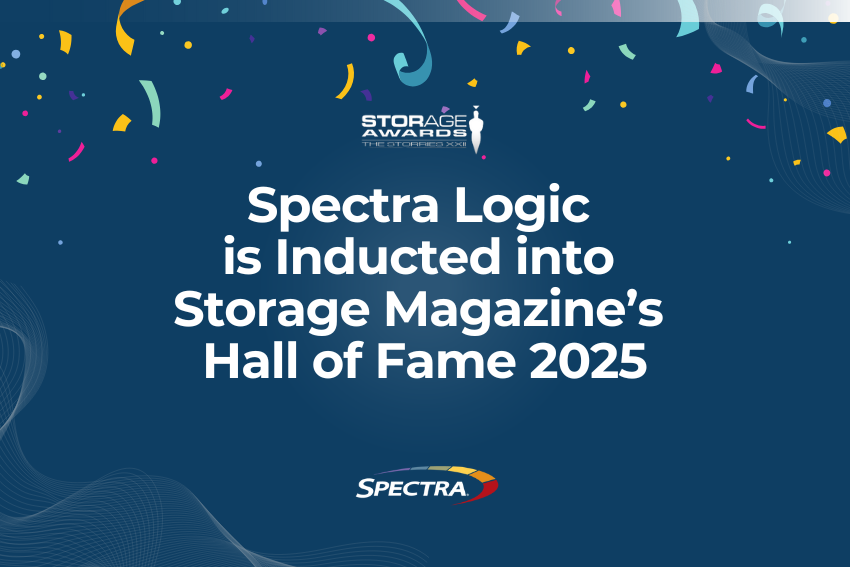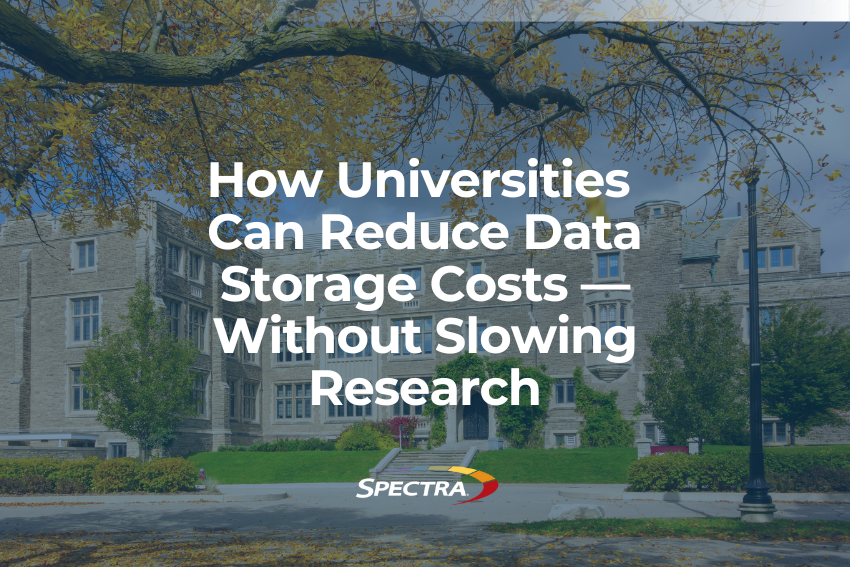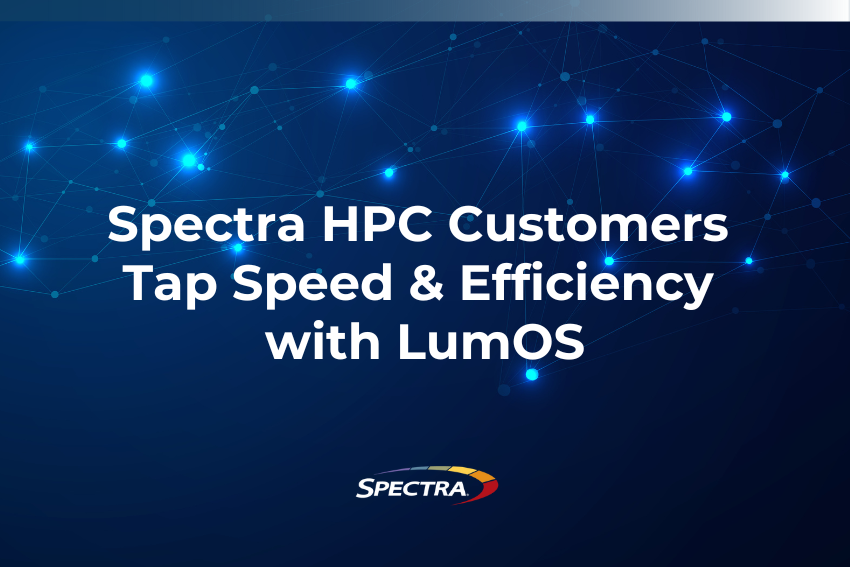A 2018 IDC report, commissioned by Seagate Technology, predicts that the Global Datasphere will grow to 175 zettabytes (ZB) of digital data by 2025. While this report took a top-down appraisal of the creation of all digital content, the “stored” digital universe is therefore a smaller subset of the entire digital universe as projected. There is a small likelihood of a constrained supply of storage to meet the needs of the digital universe through 2031 – much of this data will never be stored, will be retained for only a brief time, or will be compressed for longer retention.
Here are some of the expected technical advances in storage technologies Spectra discussed in its sixth annual 2021 Data Storage Outlook report:
- Persistent Memory: 2020 saw persistent memory based on 3D XPoint technology starting to be certified with more traditional applications such as SAP. This technology is revolutionary in that it retains a bit of information by altering the phase alignment of the underlying substrate associated with that bit. Two application spaces that can derive almost immediate benefit from this technology are in-memory databases and large shared caches. Now readily available for purchase in a variety of capacities, persistent memory based on 3D XPoint technology has the potential to be highly disruptive to the DRAM marketplace.
- Flash: The fastest growing technology in the storage market continues to be NAND flash. The flash market has returned to an over-supply situation driving a price reduction of 10% to 15% in the fourth quarter of 2020 with further reductions expected throughout 2021. However, flash vendors will increasingly rely on the string-stacking technique, where multi-layer flash dies are connected together to create a flash chip with more layers. This may result in fewer cost decreases in flash. System and cloud providers will take advantage of the zone-based interface (enabling the physical placement of data into zones matching the performance needs of the data) to get longer life, better performance and greater capacity out of their flash assets. A more thorough explanation as to the advantages of a zone-based storage interface for SSDs has been included in the report.
- Disk: The two predominant industry leaders in disk are taking drastically different strategies in moving to higher capacity drives, with one entirely focused on HAMR (as the entire future roadmap of disk is dependent upon it), and the other focused on a more incremental approach, utilizing eMAMR, MAMR and HAMR. SMR (shingled magnetic recording) versions of these drives will further improve capacity by 20% making them very attractive to system and cloud providers. Non-cloud deployment applications that require high I/O will move to flash as it has two orders of magnitude better performance than that of even dual actuator disk drives.
- Tape: LTO-9 tape is expected to ship later this year with a capacity point of 18TB per cartridge, a 50% capacity increase over LTO-8. A new de-facto standard interface has emerged that, when supported by tape system suppliers, would greatly expand the number of applications that could utilize tape. The need for tape in the long-term archive market continues to grow. More recently, due to ransomware and other forms of attacks, we are also seeing a greater interest in using tape as a last means of defense. At the same time, large cloud providers are adopting tape – either as the medium of choice for backing up their data farms or for providing an archive tier of storage to their customers. Cloud providers will mostly adopt LTO, and given their strength in purchasing overall tape technology, this will lead to a greater percentage of LTO shipments versus enterprise tape technology.
- Optical: The value proposition of this technology is its longevity (the disc has a lifetime of 50 years or more) and its backward read compatibility (Sony and Panasonic are also guaranteeing backward read compatibility of all future drives). Error rates are still largely unknown. Unlike disk and tape, the media will not require migration to newer formats and technologies as they become available. Best practices in magnetic disk systems, conversely, where the failure rate of the devices considerably increases over time, indicate that data should be migrated between three to five years. For customers that have definitive long-term (essentially forever) archival requirements, the archive disc will find favor. The ability of this technology to achieve greater market penetration is primarily a function of the pricing of the media and, to some extent, the drives. However, this is the sixth year we have reported on this technology and the cost reduction that is required to become competitive has not occurred.
Further details on Spectra’s technology projections can be found in the 2021 Data Storage Outlook report. The report provides corporations, government entities, cloud providers, research institutions, and curators with crucial information to continue to plan for data management and preservation today, and evaluate data growth against projected costs.









